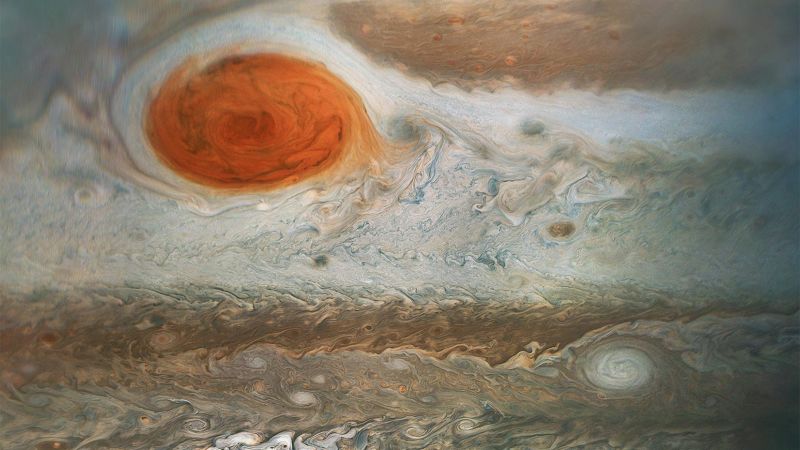

Source: https://www.cnn.com/2024/06/22/science/jupiter-great-red-spot-scn/index.html
Jupiter's Great Red Spot: A Dynamic Feature
Jupiter's iconic Great Red Spot, a massive storm larger than Earth, has captivated astronomers for centuries. However, recent observations reveal that the storm, while still impressive, is evolving and not as static as previously thought. Giovanni Cassini, an Italian astronomer, first described the Red Spot in 1665, noting its reddish color and size. Modern telescopes and spacecraft have allowed for more detailed study, showing that the storm's shape and size change over time. While the storm's core is stable, the edges are constantly shifting, and the overall size has been shrinking in recent decades. Scientists believe that the Red Spot's dynamic nature is driven by complex interactions within Jupiter's atmosphere, including jet streams, winds, and the planet's internal heat. The shrinking of the storm may be attributed to various factors, including the influence of other storms and atmospheric changes within Jupiter. The Great Red Spot, though changing, remains a fascinating and unique feature of our solar system, offering valuable insights into the dynamics of giant planets.
Summary
"While the Great Red Spot has been a constant feature of Jupiter for centuries, it is not a static object. It is a dynamic storm that has been shrinking and changing shape over time, highlighting the complex and ever-evolving nature of Jupiter's atmosphere."
Updated at: 06.24.2024
Categories




